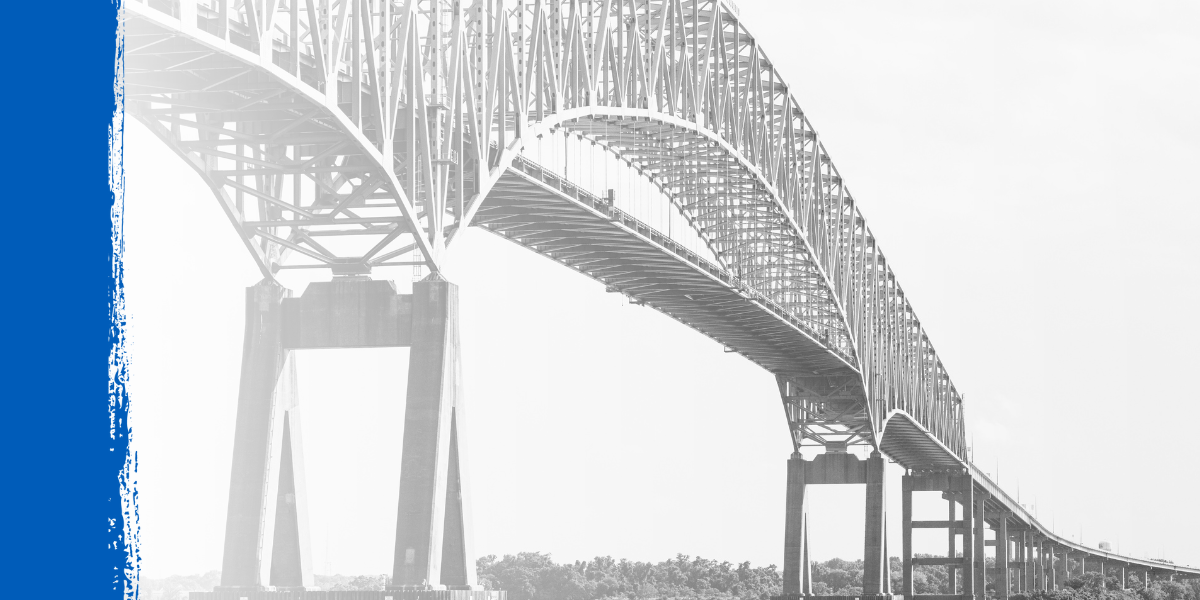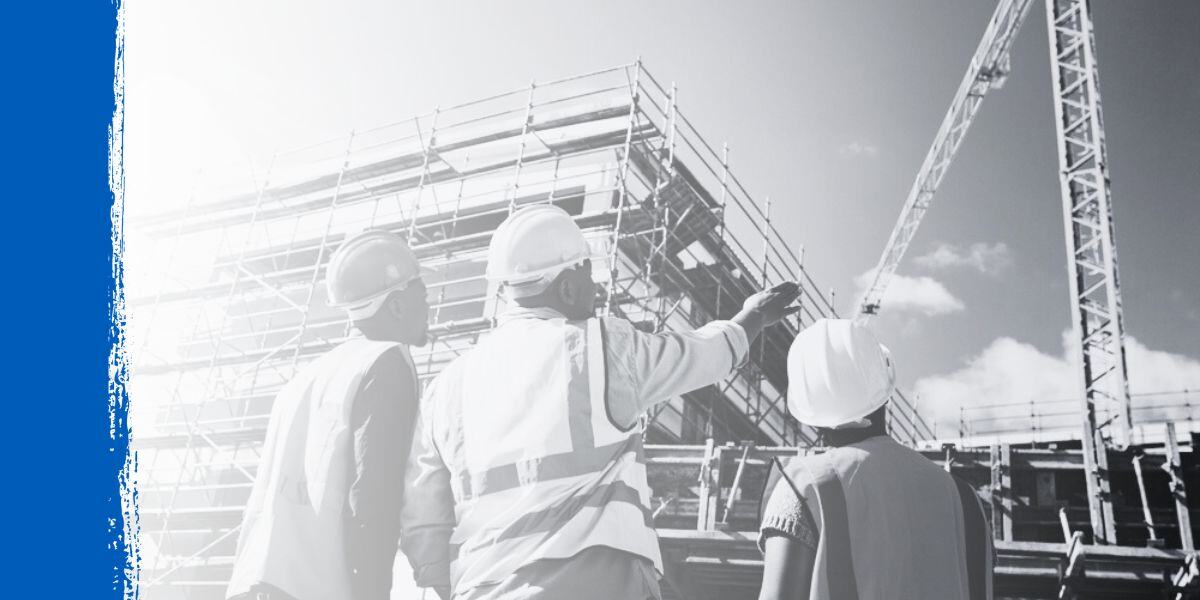When there's a crisis, it's really important to think about how it affects different businesses. Take the recent bridge collapse in Baltimore, for example. It happened because a container ship crashed into it. This event shows us just how connected our supply chains are. It also highlights how much the construction materials business depends on our infrastructure running smoothly. For professional builders and contractors, this isn't just another blog post. It's a reminder to look closely at our practices and make changes when sudden problems threaten our basic operations—literally.

Baltimore Bridge Crisis: A Primer
In the heart of the bustling East Coast, the collapse of the Francis Scott Key Bridge, caused by a cargo ship accident, has sent shockwaves through the industry. The collapse not only tragically claimed lives and halted ship traffic but also suspended a vital artery for moving crucial cargoes across the region - the bridge itself AND the port nearby. However, this crisis is not merely local; it is a pivotal intersection where local troubles meet global logistics.
The destruction of the bridge, which saw roughly 1.3 million trucks cross it every year, is a major concern for both imports that rely on timely delivery and domestic production. These trucks used to transport goods from across the harbor directly to factories, a process that is now interrupted. This major stoppage could lead to wider problems, possibly affecting trade routes for essential building materials.

Charting the Building Materials Industry Response
Supply Chain Re-Direction: Navigating Turbulent Waters
The collapse of the bridge triggers a wave of congestion and delays for those importing goods. Ships and their valuable cargo are now being directed to other ports, requiring sharp logistics management. This situation is like playing a strategic game of supply chain chess, where businesses must make precise moves. However, the challenge of rerouting goes beyond just extra distance. The varying abilities of different ports to handle the cargo can cause more bottlenecks in getting deliveries to their final destinations.
Amplified Transportation Costs: A Burden on Builders
Material transportation costs are set to skyrocket due to the aftermath of the bridge disaster, something builders need to prepare for. The increased travel times for truck drivers are more than just a hassle; they're a direct blow to the profit margins of companies depending on timely deliveries. Higher fuel costs, extended travel times, and additional expenses will impact project planning, possibly leading to delays in construction and affecting overall profits.
Building Industry Stocks and Stalls: Counteracting Delay with Proactivity
After this disruption, the industry needs to adapt creatively. Companies are closely examining their inventories, systems, and backup plans as this major crisis requires. Businesses involved in construction need to quickly address possible delays by diversifying where they get their supplies, looking for ways to lock in prices, or even stockpiling strategically to guard against the unknown.

Looking Ahead: The Compass Points to Recovery
Innovation as the New Foundation
The strength of the construction industry is its knack for coming up with new ideas. When there's a problem, like the bridge crisis, it pushes the industry to focus more on being resilient. This could mean using streamlined solutions, getting materials locally, or getting better at managing supplies. The aftermath of the bridge collapse offers a chance to kickstart a wave of innovation, setting a new standard for solving problems in an industry known for its solid foundations.
Regulatory Touchstones: Bridging Policy and Practice
Policy is crucial during a crisis, and the collapse of the Baltimore bridge shows we need flexible rules that help with quick recovery. Making it easier to approve local material use and encouraging building methods that can withstand disasters are important steps. Policies should support the industry's efforts to recover, aiming to create a stronger and more responsive system.
Community Building Amidst Crisis
The bridge disaster sets the stage for the industry to come together and build a stronger community. Facing common challenges can motivate everyone involved to form tighter and more supportive connections. Now is the moment to connect, share insights, and strengthen the relationships that create a unified response to tough times. By working together, the construction community can place both the real and symbolic foundations for the industry's recovery.
Conclusion: Building Success Amidst Adversity
The collapse of Baltimore's Francis Scott Key Bridge is a stark reminder of how delicate our industrial systems are and shows us how important it is to check and improve how we operate. For those in the building industry, like builders, remodelers, and contractors, this event should spur us to action. Now is the time not only to rebuild the physical bridges but also to strengthen our methods and approaches, to use this crisis as a stepping stone for betterment, and to come out of this stronger, smarter, and ready for what's next.
As we look at keeping our industry going and growing, applying what we've learned, carefully adjusting how we work, and building strong partnerships are key. By working together and purposely toward these goals, we have to rebuild our path to success, not just locally, but on a global scale.
.png?width=98&height=67&name=Logo%20(13).png)
 The Baltimore Bridge Collapse: Supply Chain Issues Ahead?" loading="lazy">
The Baltimore Bridge Collapse: Supply Chain Issues Ahead?" loading="lazy">





